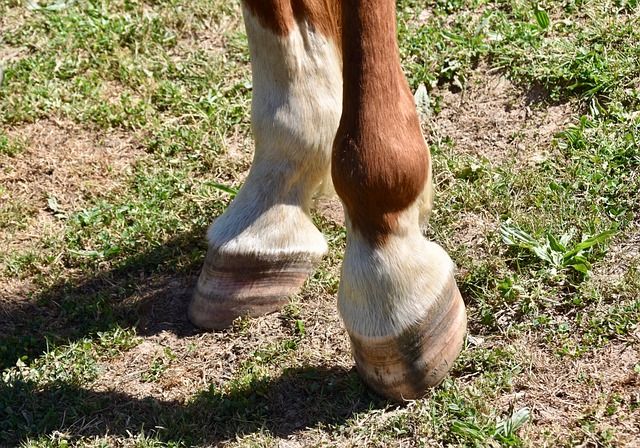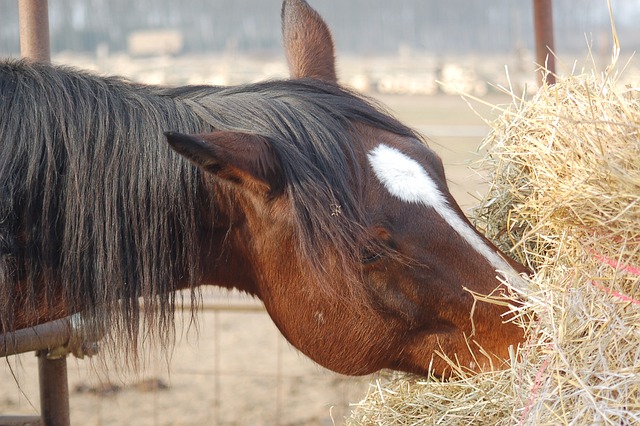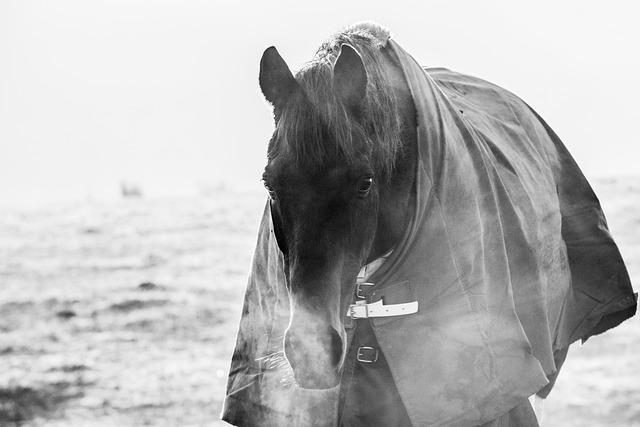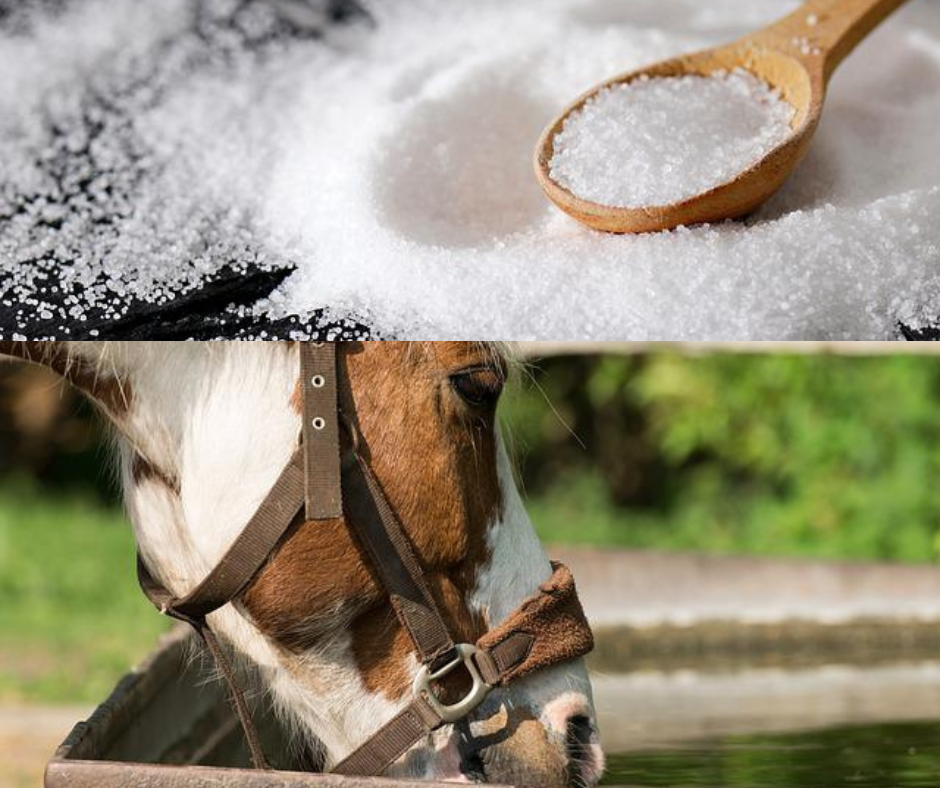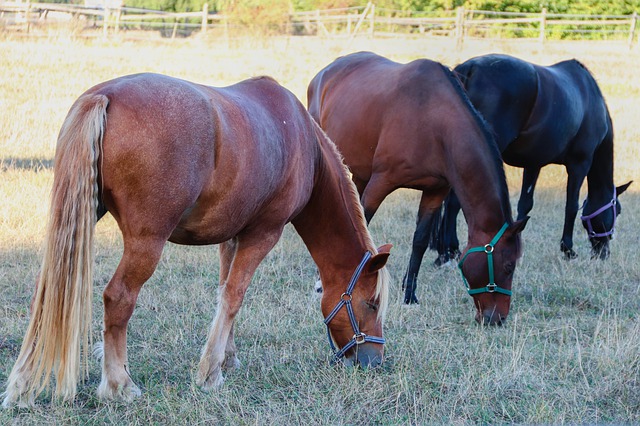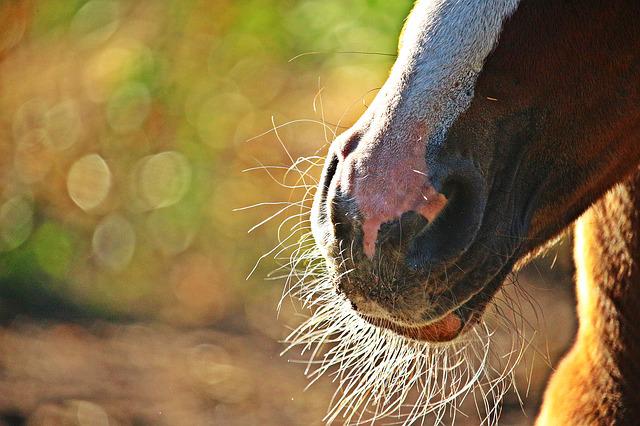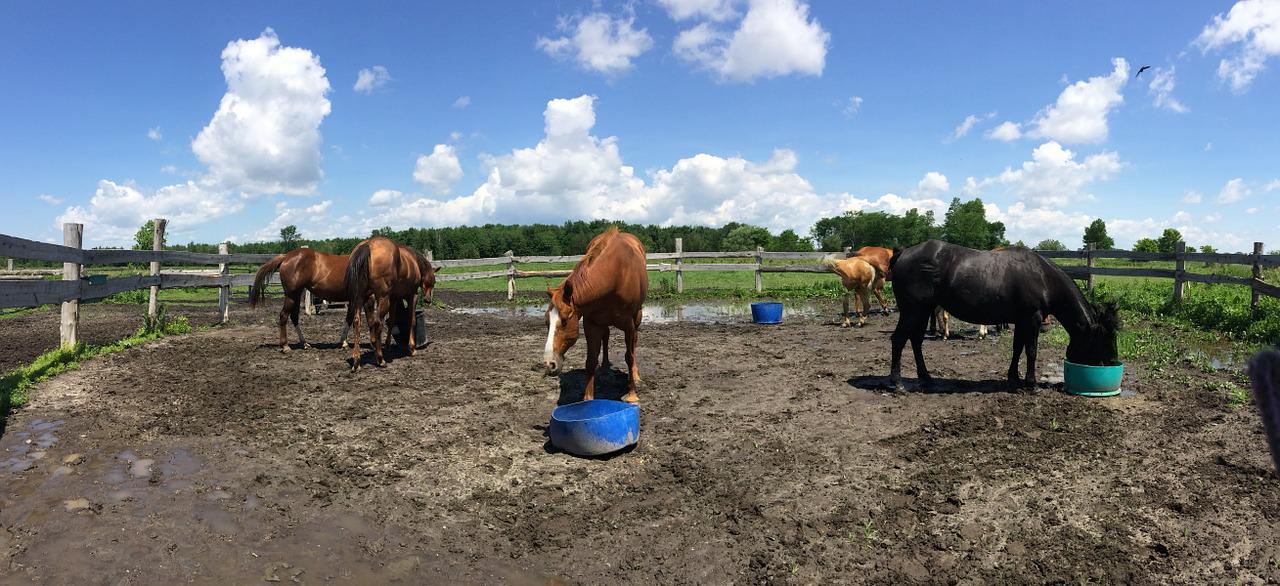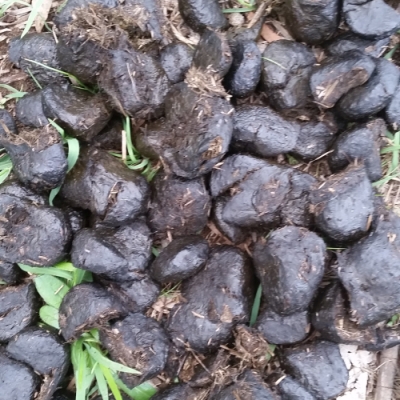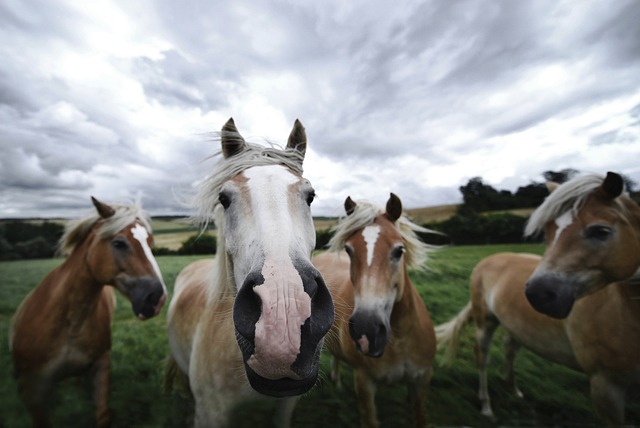
Horses are wonderful companions that can bring us so much joy. But along with the pleasure comes the responsibility of caring for them. Looking after a horse is more than just providing food and water. There are four essential keys to keeping horses healthy and happy. This claim is supported by research conducted in Germany and Scotland back in 2021.
The four essential keys are:
- Social Contact
- Social Companionship
- Free Movement
- Access to roughage
Researchers examined 38 studies that examined what occurs to horses when one or more of the four items on the list are restricted. The findings and their consequences for how we keep horses are interesting, as are the conclusions themselves. To access the complete study, CLICK HERE.
SOCIAL CONTACT
Horses are naturally herd animals and they thrive on interaction with other horses or even other animals. In a natural setting, they live in large groups, with about 200–400 horses comprising a herd. This size herd is large enough to sustain healthy genetic diversity. It may be divided into smaller family groups for daily activity within the full herd structure with a stallion and a group of mares and foals, as well as small bachelor groups of young colts.
SOCIAL COMPANIONSHIP
About one third of all horses form stable social bonds with members of their subgroup. Bonded animals mutually protect each other and their offspring, as well as protecting resources such as food, water and resting places.
FREE MOVEMENT
Horses are naturally active animals that need space to move about freely. Under natural conditions, they travel up to 50 km daily. They need regular exercise to maintain good circulation and prevent stiffness in their joints. It also contributes to their mental well-being. Regular exercise keeps them active and engaged, which reduces stress and promotes a positive attitude.
ACCESS TO ROUGHAGE
In nature, horses feed on grass for 12 to 16 h per day. Their digestive system is designed for grazing on grass or hay throughout the day. Access to quality hay ensures they receive enough fiber and nutrients needed for their optimal health.
CONCLUSION
All animals have requirements that are essential for their welfare. And when these basic needs are not met, the animal suffers. By understanding these four essential keys, you will be well on your way to keeping your horse healthy and happy.
References:
https://www.doctorramey.com/the-horses-four-basic-needs/
https://www.ncbi.nlm.nih.gov/pmc/articles/PMC8235049/#app1-animals-11-01798
Image by Ralf Siebeck from Pixabay
